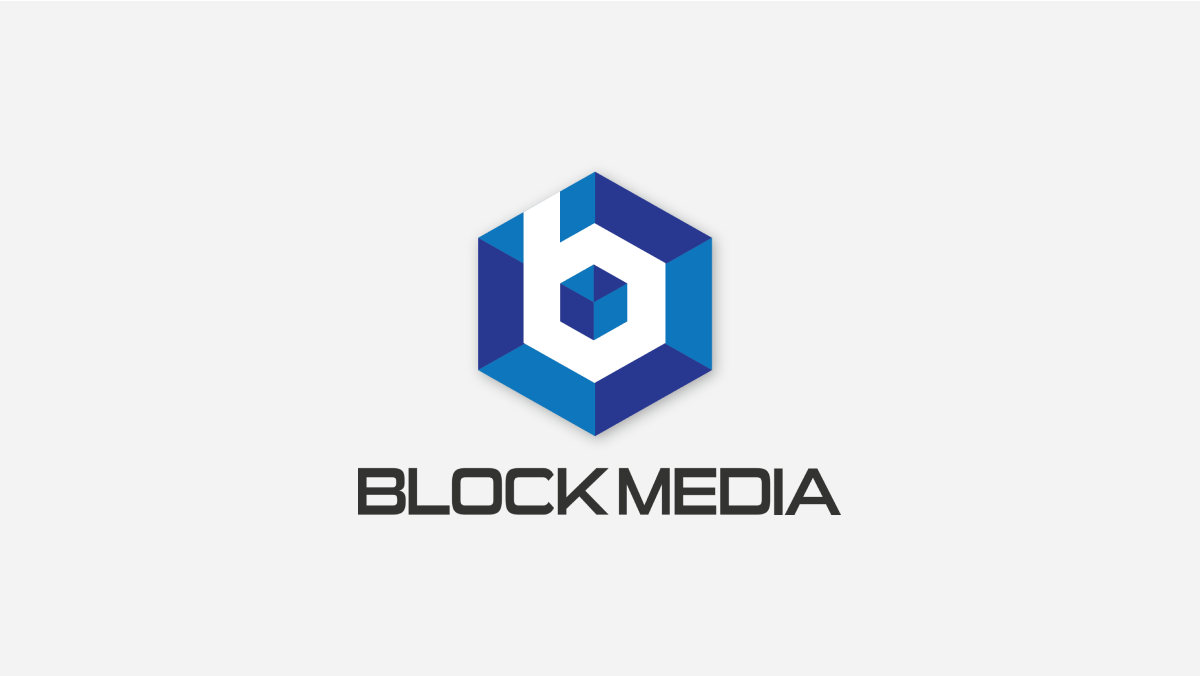Robots have already revolutionized many industrial applications. Robots have long served to automate factory lines and transfer materials from one place to another location. It is cliché to talk about robot home cleaner and farming. Robots are replacing dirty, dangerous, dull and difficult.
Now robots are getting smarter and smarter. They are being used for education and entertainment. In Japan, they are daycare companies for the elderly. Korea’s LG Group and other companies are jumping into the robot suit market. For the handicapped and the senior citizens with weak legs and backs, the robot suit is fantastic news. Many hospitals are using robots for precision surgery operation,
“For the first time in history, thanks to the convergence of artificial intelligence, sensing, actuator technologies, and the mobile phone revolution, we are on the cusp of a robotics revolution,’’ according to the Huffington Post. It said robots come in all shapes and forms. Robots look like humans, quadcopters and self-driving cars. Robots can operate autonomously, operate in swarms, walk on two legs, swim through the water, and even fly through the air, it said.
Whether you know it or not, your cars have become robots, either partially or fully autonomous. Smartphones and vacuum cleaners are using robotic navigation.
Under the so-called visual simultaneous localization and mapping, robots can map their surrounding area and guide how to navigate through the area. Once you park your car, robot map where your car is parked, enabling you to find out cars easily although you do now memorize its location.
Drones are also using robots. Once you write any code for flying navigation, the code flies drones. The GoPro camera and similar cameras enable drones to capture images.
Now makers are embedding supercomputers for robots in their smartphones.
In the future robots can be connected in the cloud and they share data about their experience, accelerating how quickly they learn in the real world. Collaborative robots can help humans to manage many of the more menial, repetitive and physical work in production lines.
It would be a matter of time for neutrally controlled robots to appear and help people become superhuman. The physically assistive robots will help senior citizens go into bed, get out of bed, get their groceries up the stairs.
As robots get smarter and intelligent, so the robot ethics have emerged. Robots can store an enormous amount of personal data, but no solution has yet to develop to protect robot-stored information from hackers. Theoretically, hackers can distort the data to turn robots into attackers, destroyers and killers.
As a solution to protecting intelligent robots from hackers, many analysts began to search for the possibility of using blockchain into robots. Once blockchain is used in robot operation, they say hacking becomes impossible. Through peer to peer networks, robots operations can become more secure, autonomous, flexible and even profitable.
Service robot can be used at airports, train stations, and hospitals by using an enormous amount of data. Once these data are run in the blockchain, hacking, and spying on personal data will not be possible, many blockchain producers predict. But they have yet to prove their claim in the real world.




